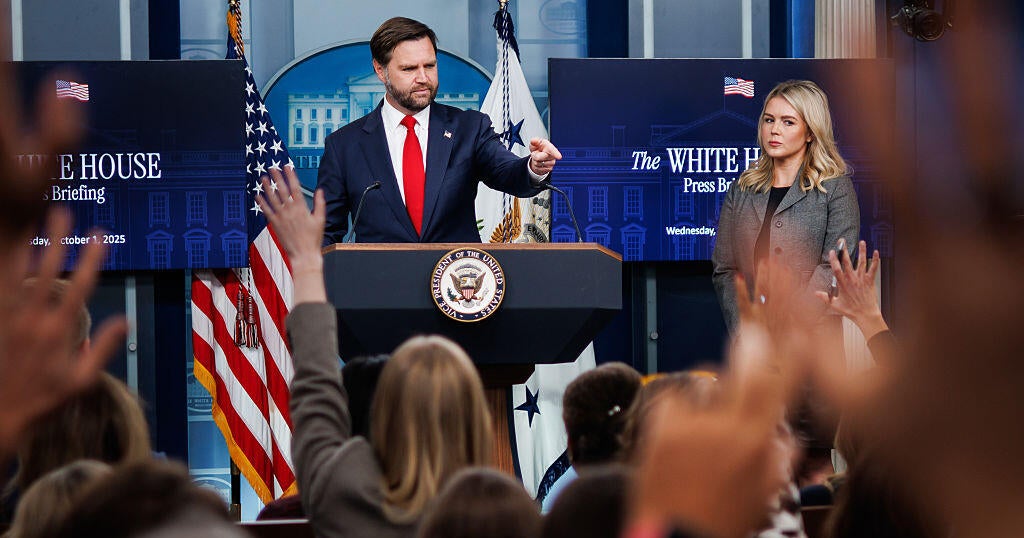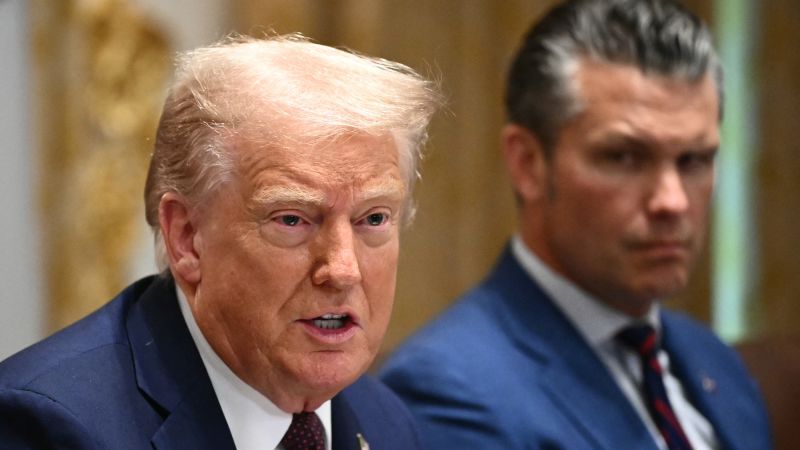Trump Directs Pentagon to Ensure Military Pay During Shutdown

Trump Directs Pentagon to Ensure Military Pay during Shutdown
President Donald Trump has ordered the Defense Department to use “all available funds” to pay U.S. military personnel amid the ongoing government shutdown. This directive aims to prevent service members from missing their October 15 paychecks, despite the lapse in federal funding. Trump emphasized this action on social media, highlighting the importance of compensating “our Brave Troops” who face uncertainty due to the funding impasse.
Funding Strategy and Political Implications
The Pentagon plans to repurpose research and development funds to cover military payroll temporarily. While this move secures payments for active-duty troops, it does not extend to most civilian federal workers, many of whom remain furloughed or unpaid. By removing military paychecks as a pressure point, the shutdown may prolong, as congressional urgency to resolve the funding deadlock diminishes.
Impact on Military Families and Federal Workforce
Military families, many already facing financial strain, have expressed relief at this development. However, the broader federal workforce continues to grapple with the shutdown’s effects, including halted pay and layoffs. Experts caution that diverting funds could raise legal concerns, but the administration prioritizes troop compensation during this period of government gridlock.
About the People Mentioned
Donald Trump
Donald John Trump, born June 14, 1946, in Queens, New York, is an American businessman, media personality, and politician. He graduated from the University of Pennsylvania’s Wharton School in 1968 with a degree in economics. In 1971, he took over his family’s real estate business, renaming it the Trump Organization, through which he expanded into building and managing skyscrapers, hotels, casinos, and golf courses. Trump gained widespread fame as the host of the reality TV show *The Apprentice* from 2004 to 2015, which helped establish his public persona as a successful entrepreneur. Trump entered politics as a Republican and was elected the 45th president of the United States, serving from 2017 to 2021. His presidency was marked by significant policy actions including tax cuts, deregulation, the appointment of three Supreme Court justices, renegotiation of trade agreements (notably replacing NAFTA with the USMCA), and a focus on immigration control including border wall expansion. He withdrew the U.S. from international agreements such as the Paris Climate Accord and the Iran nuclear deal, and engaged in a trade war with China. His administration’s response to the COVID-19 pandemic was criticized for downplaying the virus’s severity. Trump was impeached twice by the House of Representatives—first in 2019 for abuse of power and obstruction, and again in 2021 for incitement of insurrection—but was acquitted by the Senate both times. After losing the 2020 election to Joe Biden, Trump challenged the results, culminating in the January 6, 2021, Capitol riot. He remains a central figure in American politics, having won the 2024 presidential election and returned as the 47th president in 2025, continuing to promote policies aimed at economic growth, border security, and military strength[1][2][3][4].
About the Organizations Mentioned
Defense Department
The United States Department of Defense (DoD) is a vast federal agency responsible for coordinating and supervising all agencies and functions related to national security and the U.S. Armed Forces. Headed by the Secretary of Defense, who reports directly to the President, the DoD oversees over 1.4 million active-duty military personnel across six armed services, nearly 778,000 National Guard and reservists, and over 747,000 civilian employees, totaling more than 2.9 million personnel[2]. It includes three military departments—Army, Navy, and Air Force—and several key agencies such as the Defense Intelligence Agency, National Security Agency, and the Defense Advanced Research Projects Agency (DARPA), which focuses on cutting-edge military technology research[2]. Founded in 1947, the DoD has evolved into a global military force, charged with defending the U.S. homeland, projecting power abroad, and maintaining technological superiority. Its history is marked by significant achievements in military innovation, strategic defense initiatives, and global leadership in defense technology. Currently, the DoD is undergoing a major transformation initiative in 2025, aimed at streamlining workforce structures, reducing bureaucracy, and reallocating budgets to prioritize emerging threats and modern capabilities such as missile defense, nuclear modernization, and unmanned systems[1][3]. The Fiscal Year 2025 National Defense Authorization Act (FY25 NDAA) authorizes significant funding for modernization, including $143.8 billion for research and development and $33.5 billion for shipbuilding, emphasizing innovation and readiness[3]. A presidential executive order in 2025 mandates a sweeping reform of defense acquisition processes to accelerate procurement, enhance flexibility, and spur innovation within the defense industrial base[4]. This modernization effort reflects the DoD’s strategic emphasis on agility, speed, and technological edge in an increasingly complex global security environment. Notable aspects of the DoD include its integration of advanced technologies, such as AI-powered tools for operational effectiveness
Pentagon
The **Pentagon** is the headquarters of the United States Department of Defense (DoD), serving as the central command center for the nation's military operations and strategic defense planning. Situated in Arlington County, Virginia, it houses the leadership and staff of the Army, Navy, Marine Corps, Air Force, Space Force, and associated defense agencies and commands[1]. Originally constructed during World War II as a temporary War Department building, the Pentagon evolved into the permanent nerve center for U.S. military coordination following the 1947 National Security Act, which merged the War and Navy Departments and added the Air Force, establishing the modern DoD[2]. The Pentagon oversees America’s global military posture, playing a crucial role during the Cold War and continuing to adapt to current geopolitical challenges. Its organizational complexity includes civilian oversight through the service secretaries and integration with multinational commands such as NATO and NORAD[1]. The Pentagon is also notable for its vast infrastructure, which underwent a comprehensive renovation completed in the early 2000s to maintain its operational capacity and security[2]. In recent years, the Pentagon has shifted strategic focus to homeland defense and the Western Hemisphere, aligning with contemporary U.S. national security priorities such as border protection and countering adversaries like China[3]. Technologically, it actively invests in emerging industries critical to defense, including space technologies, microelectronics, biochemicals, and software modernization. The Office of Strategic Capital, established to channel private sector investment into defense technologies, exemplifies this focus on innovation and maintaining U.S. technological superiority[4][6]. Efforts such as the Pentagon’s software modernization implementation plan emphasize cloud adoption and agile software development to enhance military IT capabilities[6]. Additionally, political dynamics impact Pentagon leadership and policy directions, as seen in initiatives like Project 2025, which aims to influence personnel and strategic priorities aligned with conservative policy goals[5]. Overall, the Pentagon remains a pivotal institution at the intersection of defense, technology








